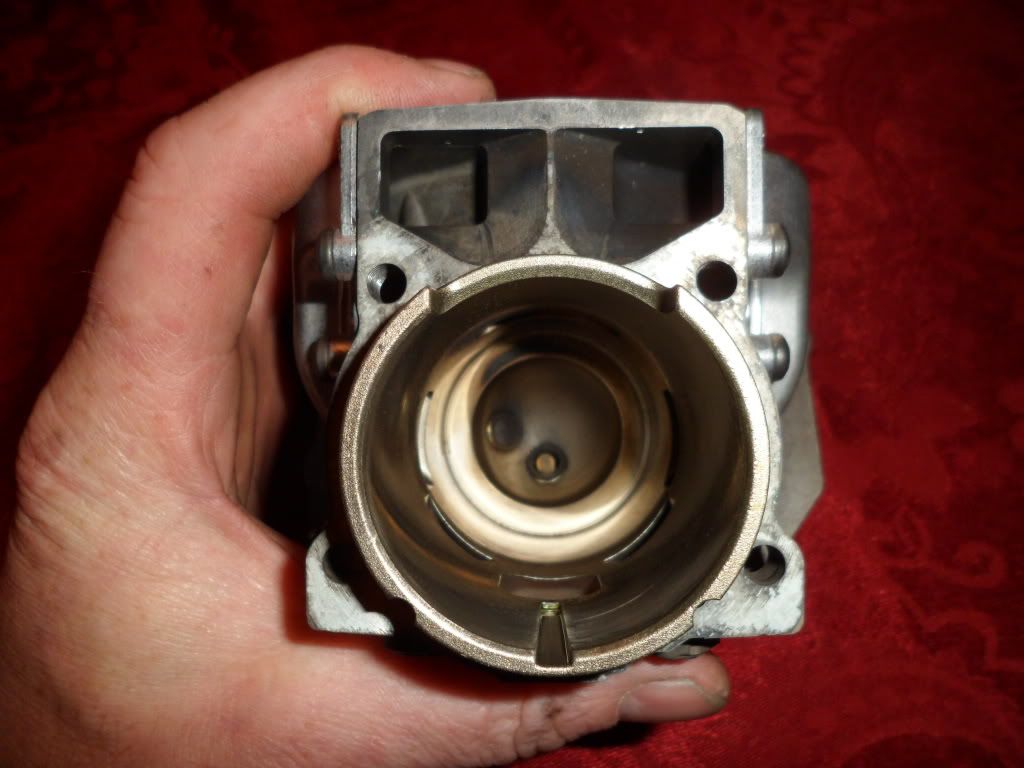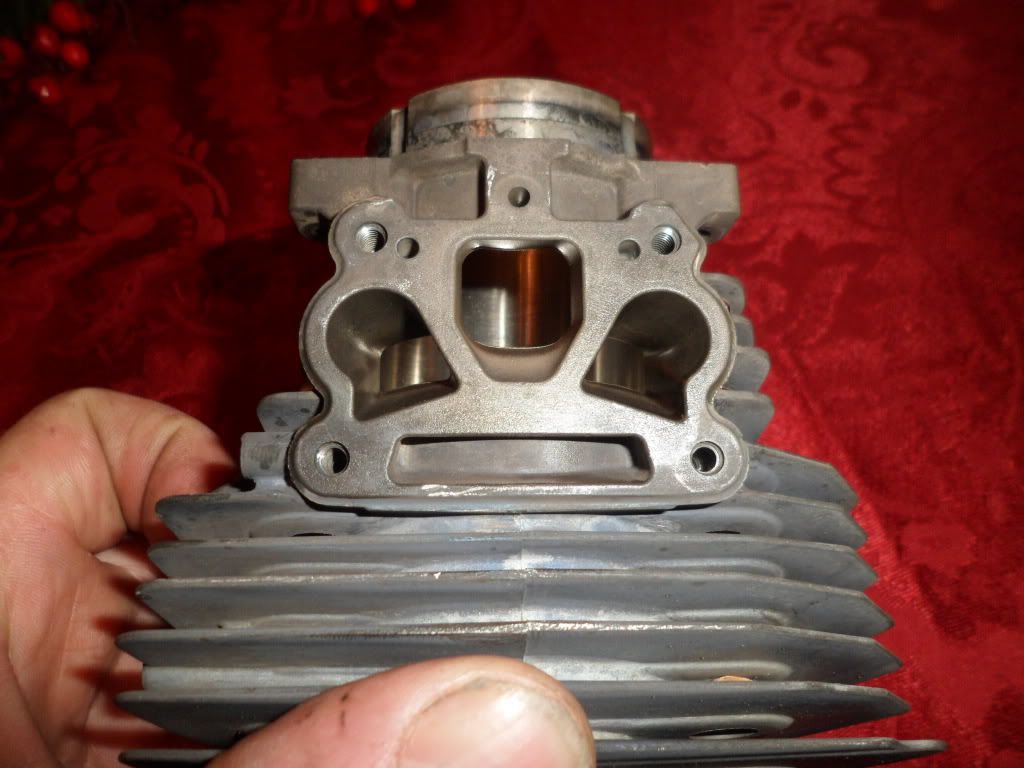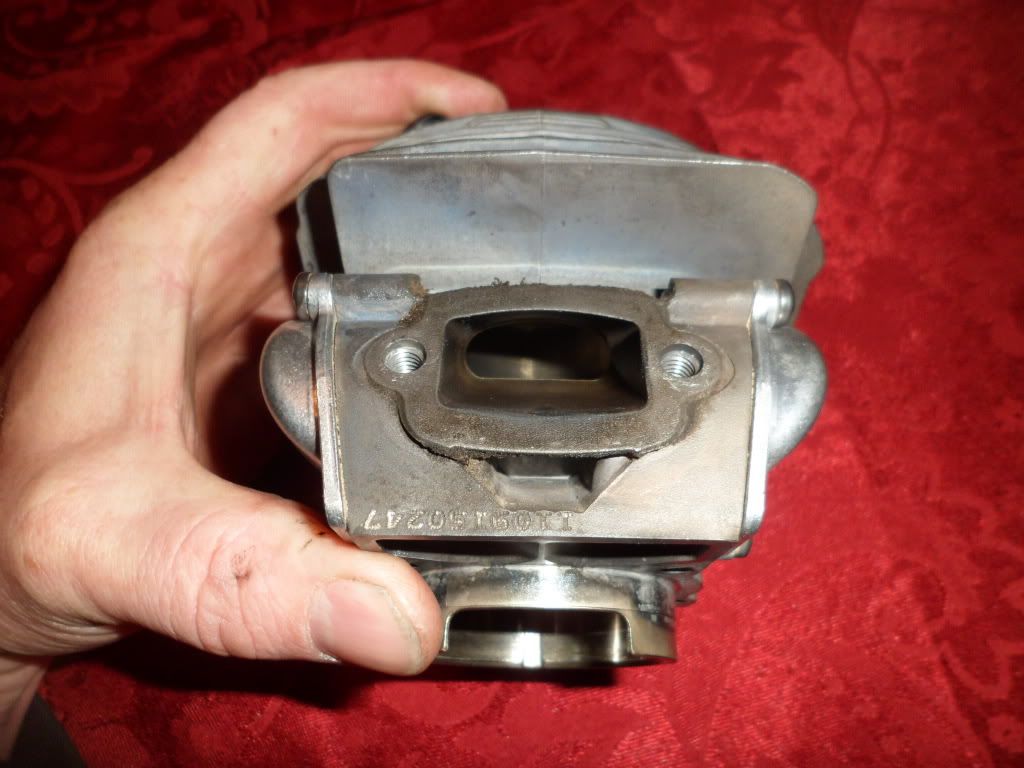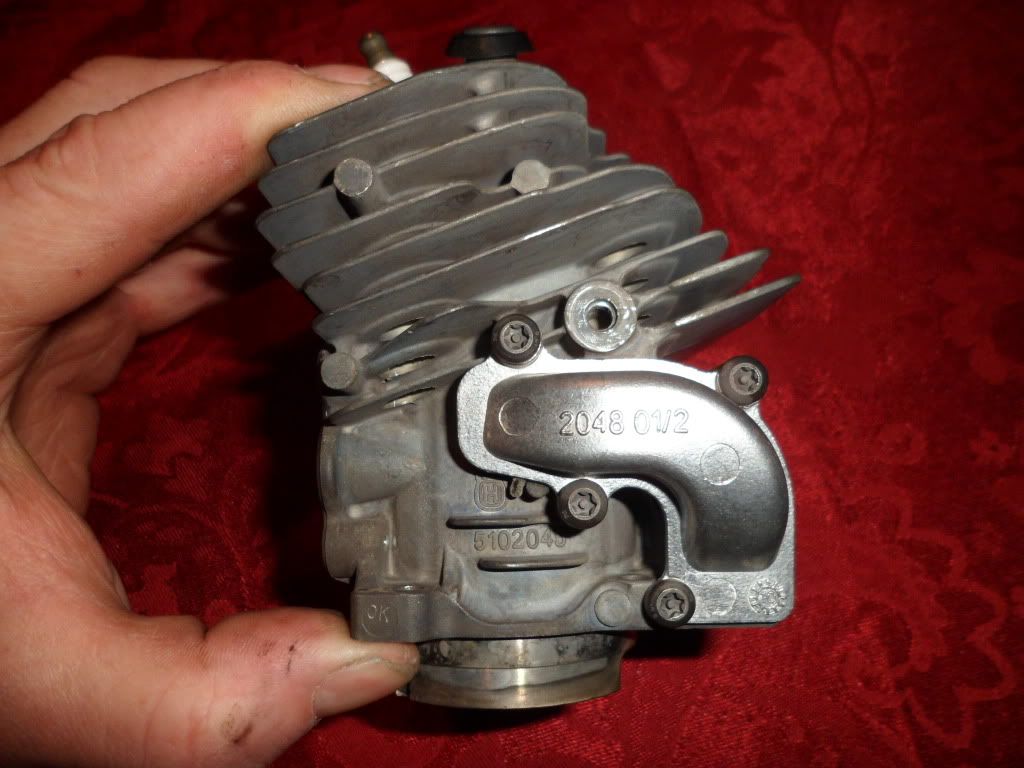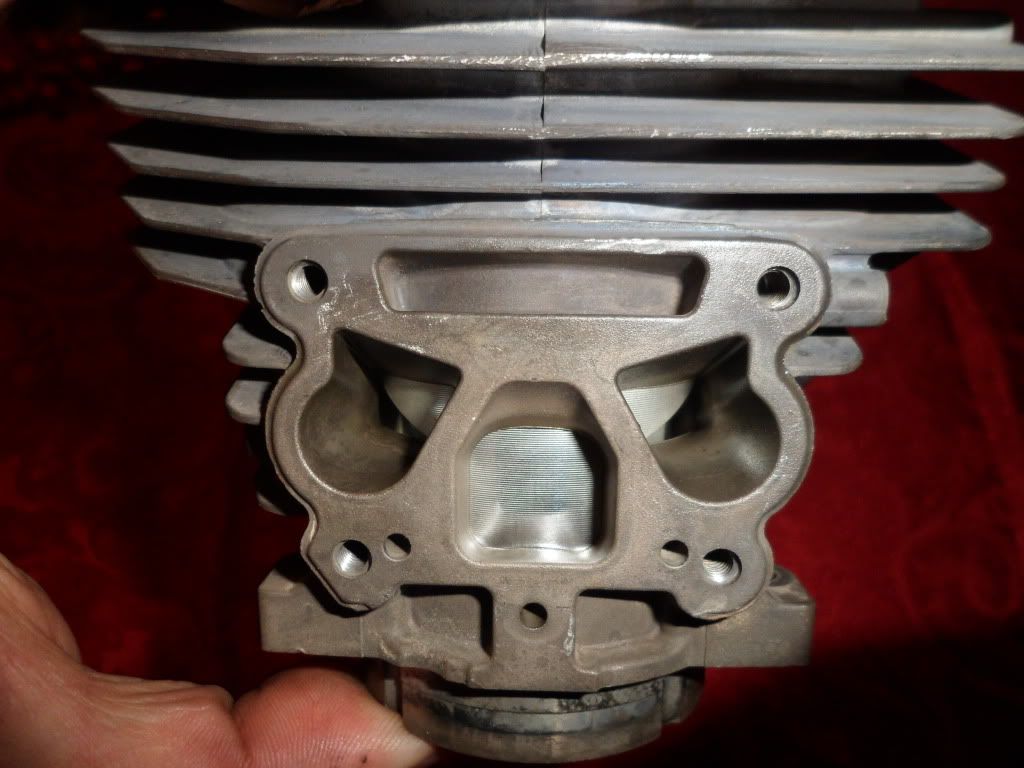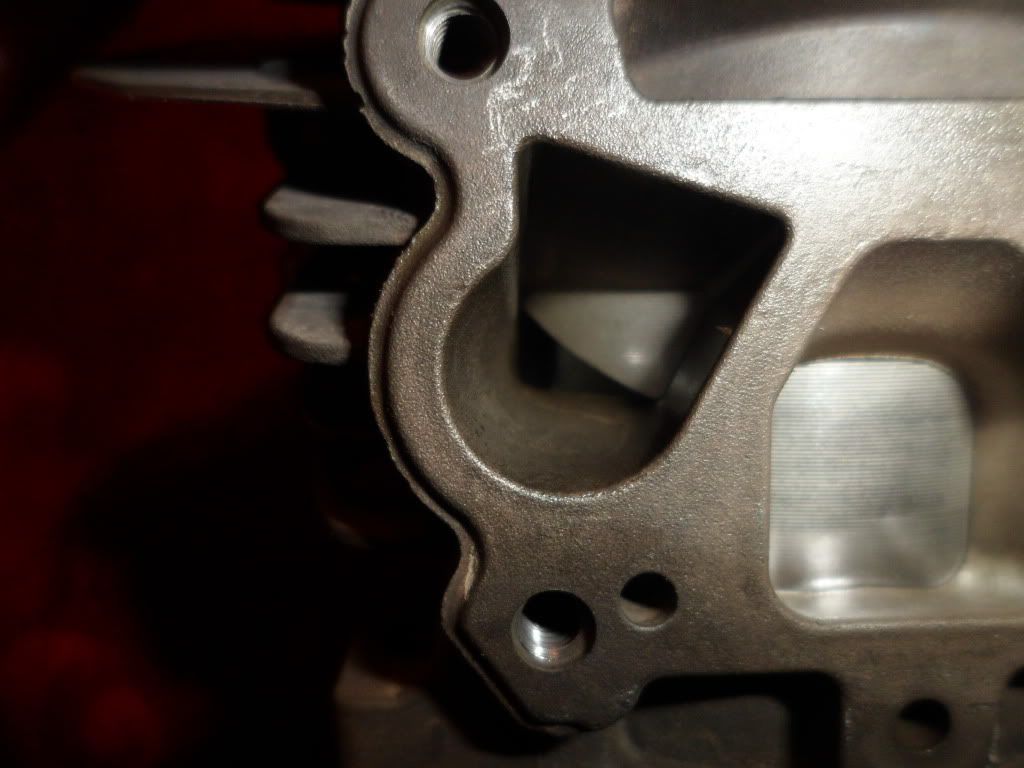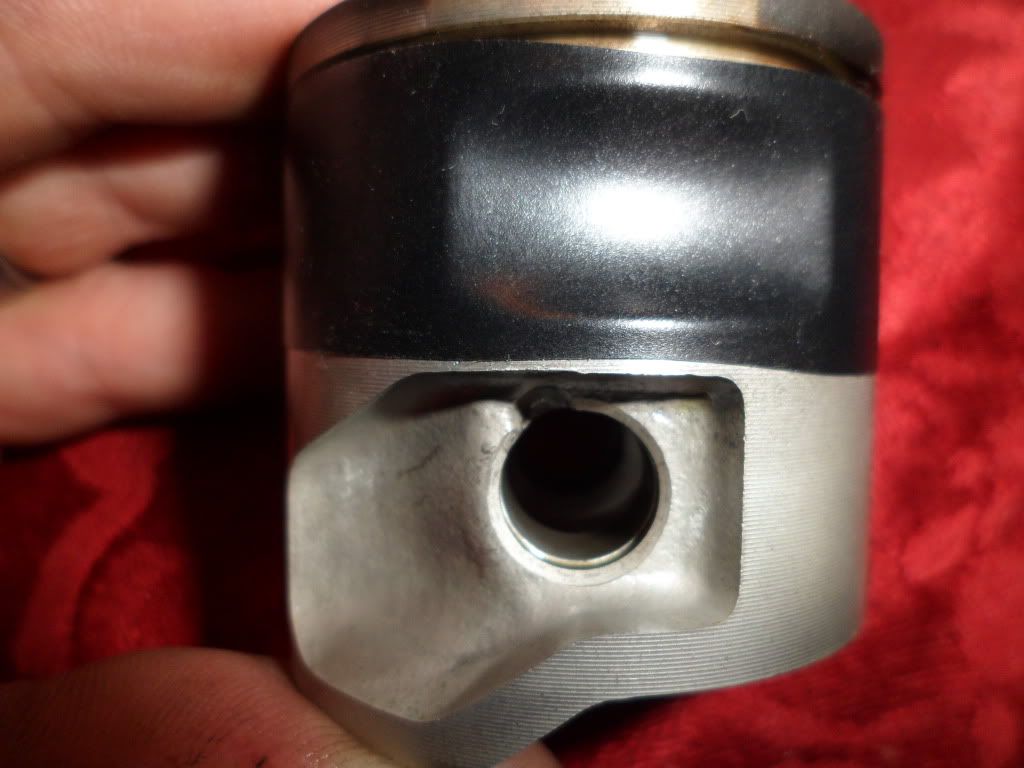Terry Syd
Addicted to ArboristSite
"I'll be building a Husqvarna 562 in a few days." - Hot damn, now were going to see some interesting saw building. I hope you take heaps of pictures as you go.
I've been of different minds about staggering the strato and intake timing for different applications. There may be a small increase in fuel economy, emissions and low down lugging torque by having the strato timing open a few degrees before the intake.
The increase in low down lugging torque would be a result of having the 'back flow' through the intake at low revs begin in the strato port before the intake port. In other words, the there would be less tendancy for the mixture to become excessively rich at the low revs.
Having said that, I have still been able to lug the strato down quite well with the timing matched. It appears that the 'back flow' is split between both ports, so there is only half the back flow going up through the carb compared to a conventional engine. Basically, if you can build an engine with matched timing that will lug down lower in the rev range than you will ever practically use in the field, then there is no advantage to staggering the port timings.
The most obvious advantage of identical timings is being able to ensure that you are maximising the crankcase compression. The crankcase timing won't begin until both intake and strato timing are finished. If the strato timing finishes later, then that is when the base compression begins - and the contribution of the intake port has been 'short-changed' by finishing early.
I'm still in the 'matched timing' camp when it comes to the stratos.
For all out power, it would appear that compromising the strato port so that it flows fuel mixture would give an advantage. The fresh fuel mixture would tend to cool the upper ports and combustion chamber better than straight air and thus allow more charge density.
The compromised strato port may become a defining technique between a 'woods port' and a 'race port'.
I've been of different minds about staggering the strato and intake timing for different applications. There may be a small increase in fuel economy, emissions and low down lugging torque by having the strato timing open a few degrees before the intake.
The increase in low down lugging torque would be a result of having the 'back flow' through the intake at low revs begin in the strato port before the intake port. In other words, the there would be less tendancy for the mixture to become excessively rich at the low revs.
Having said that, I have still been able to lug the strato down quite well with the timing matched. It appears that the 'back flow' is split between both ports, so there is only half the back flow going up through the carb compared to a conventional engine. Basically, if you can build an engine with matched timing that will lug down lower in the rev range than you will ever practically use in the field, then there is no advantage to staggering the port timings.
The most obvious advantage of identical timings is being able to ensure that you are maximising the crankcase compression. The crankcase timing won't begin until both intake and strato timing are finished. If the strato timing finishes later, then that is when the base compression begins - and the contribution of the intake port has been 'short-changed' by finishing early.
I'm still in the 'matched timing' camp when it comes to the stratos.
For all out power, it would appear that compromising the strato port so that it flows fuel mixture would give an advantage. The fresh fuel mixture would tend to cool the upper ports and combustion chamber better than straight air and thus allow more charge density.
The compromised strato port may become a defining technique between a 'woods port' and a 'race port'.





